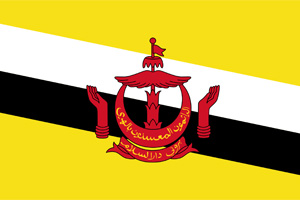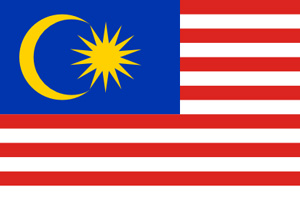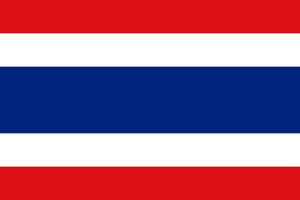Title Of Document
ISO 22608:2021 - Protective clothing Protection against liquid chemicals Measurement of repellency, retention, and penetration of liquid pesticide formulations through protective clothing materials
Abstract
This document specifies a test method to measure the repellency, retention and penetration of a known volume of liquid pesticide when applied to a protective clothing material. No external hydrostatic or mechanical pressure is applied to the test specimen during or after the application of the liquid pesticide. The degree of contamination depends on numerous factors such as the type of exposure, application technique, and pesticide formulation. As the level of exposure can vary considerably, this method is designed to rate the relative performance of personal protective equipment (PPE) materials at two levels of contamination. Low level of contamination is achieved by applying 0,1 ml of liquid formulation and high level by applying 0,2 ml. This test method does not measure the resistance to permeation or degradation. This test method is suitable for field strength and concentrated pesticide formulations. This method may not be suitable for testing protective clothing materials against volatile pesticide formulations. This document is applicable to the evaluation of materials that are new or those that have undergone treatment such as laundering or simulated abrasion. Details of the treatment shall be reported. This test method can also be used to determine the resistance provided by protective clothing materials against penetration of new pesticide formulations.
Category of Standards
Category 1
Document number assigned by ASEAN
ISO 22608:2021
ICS
HS
HS Range
MRA/Harmonised Regulations related to the Standard
ASEAN Body responsible for Standard
ASEAN Medical Device Committee (AMDC)
Member States
 BN
BN
 ID
ID
 KH
KH
 LA
LA
 MM
MM
 MY
MY
 PH
PH
 SG
SG
 TH
TH
 VN
VN
Date of harmonisation in ASEAN
07/02/2022
Date of Latest Review
07/02/2022
Links :
Protective clothing Protection against liquid chemicals Measurement of repellency, retention, and penetration of liquid pesticide formulations through protective clothing materials
